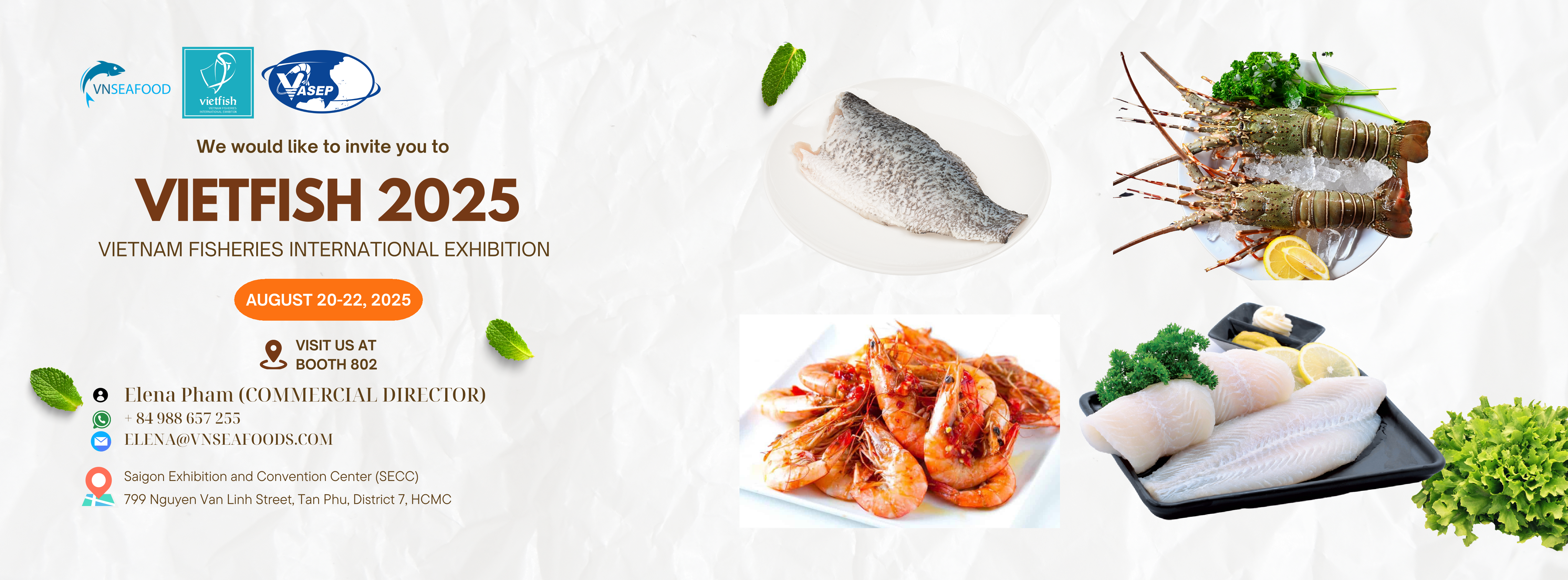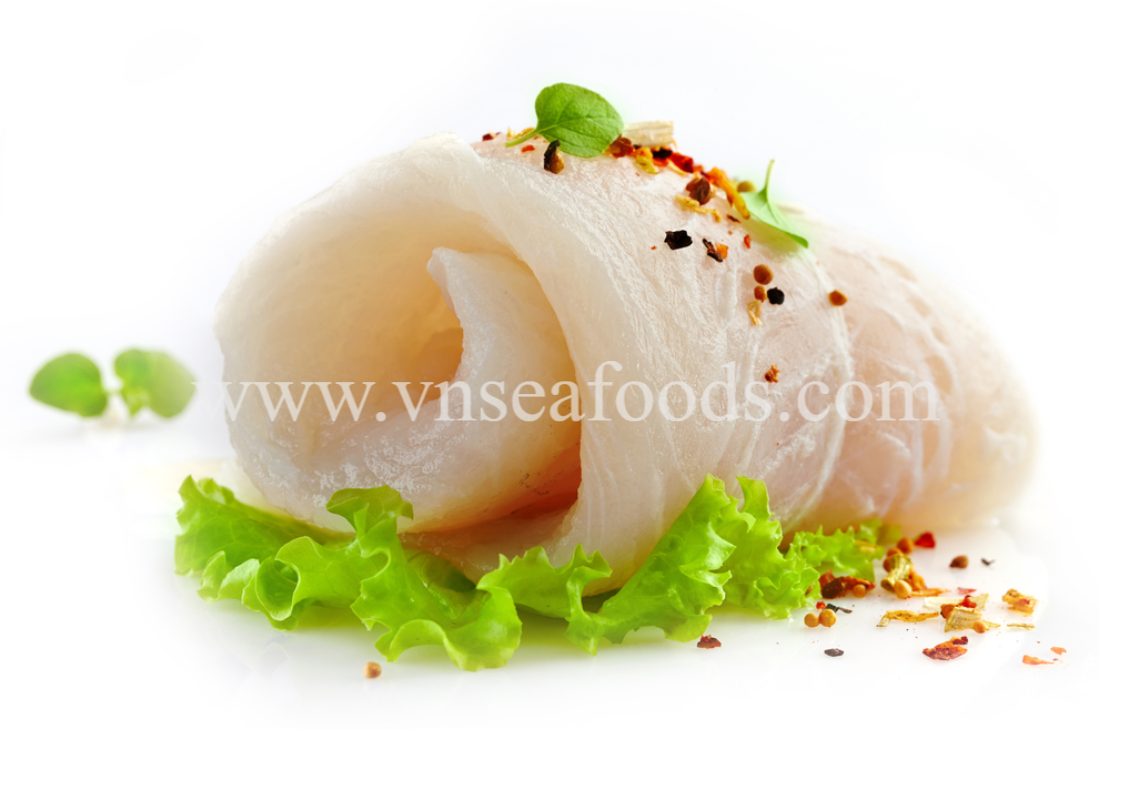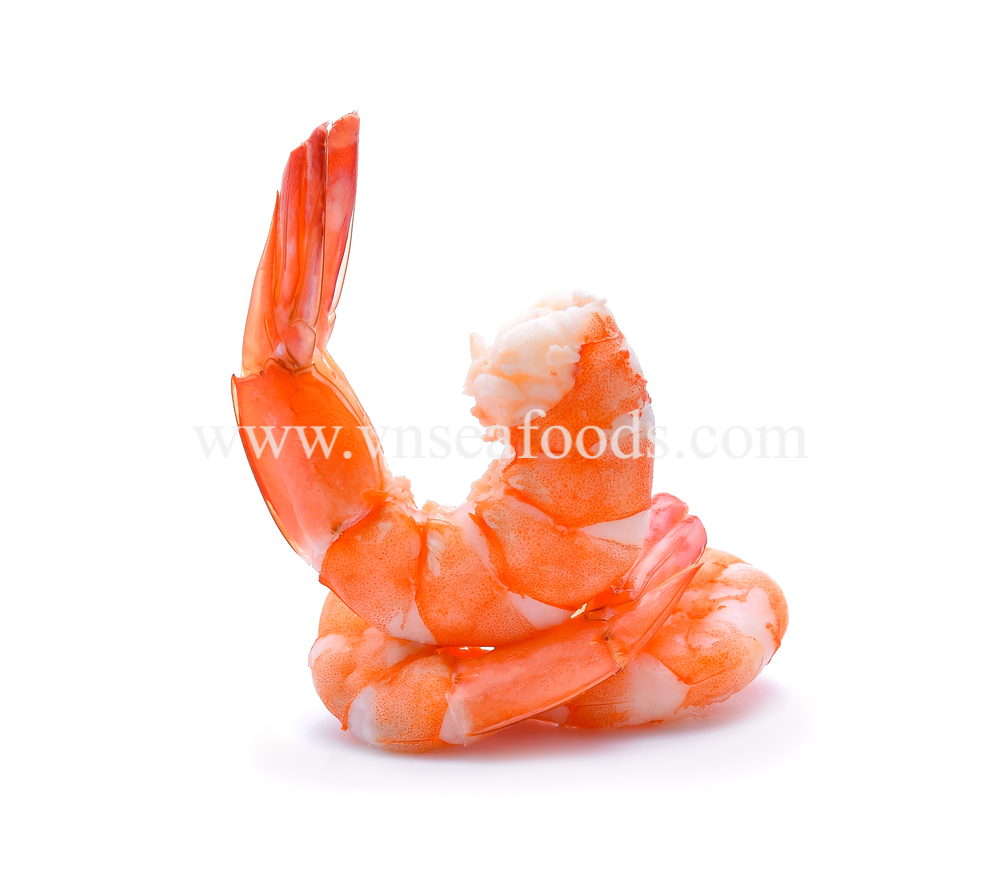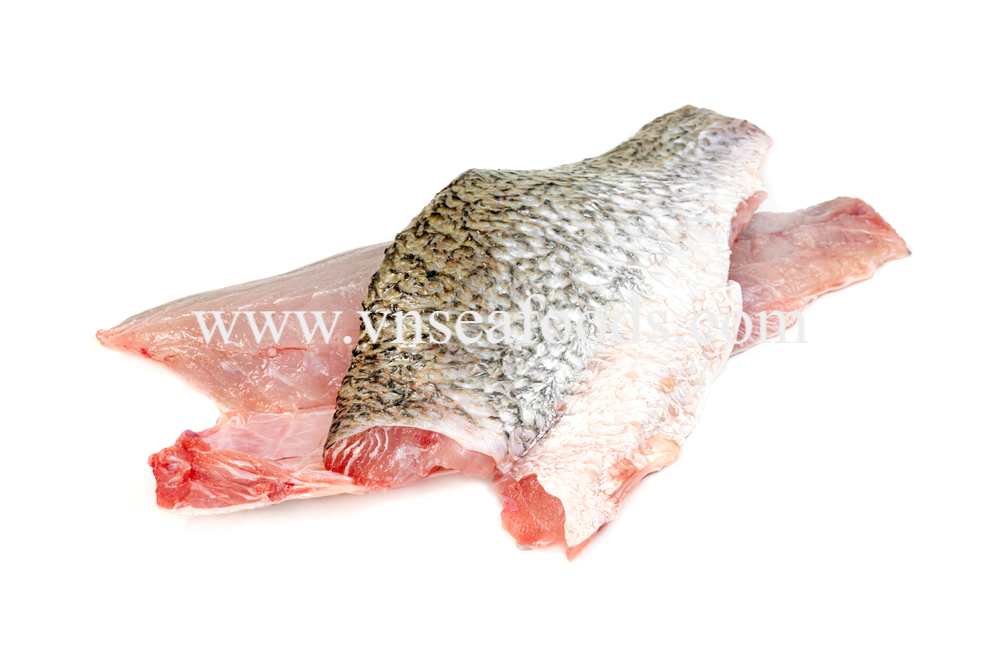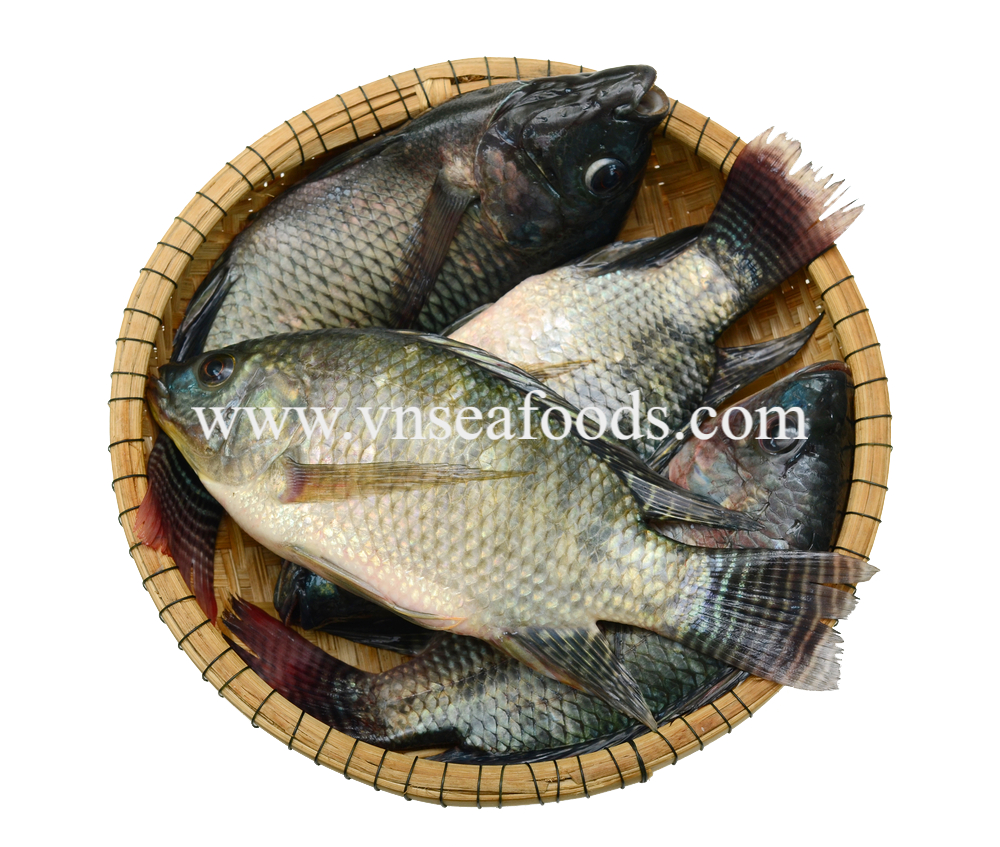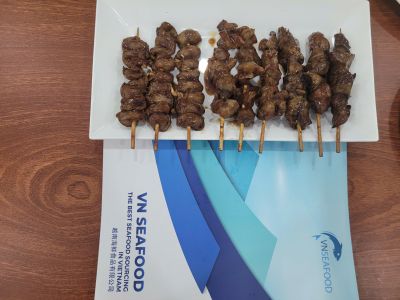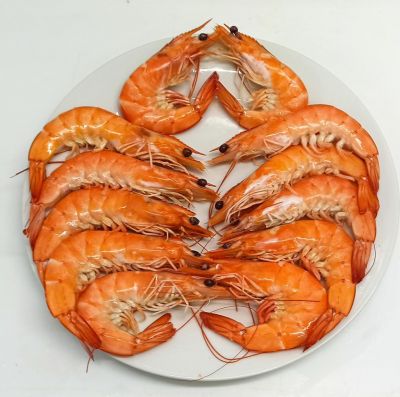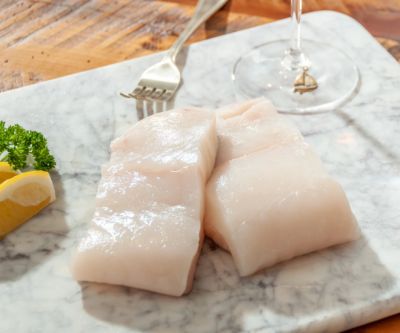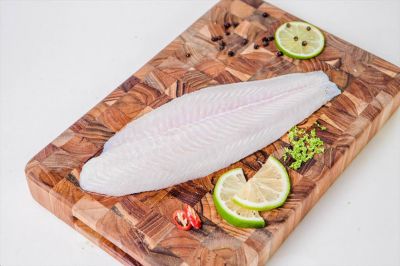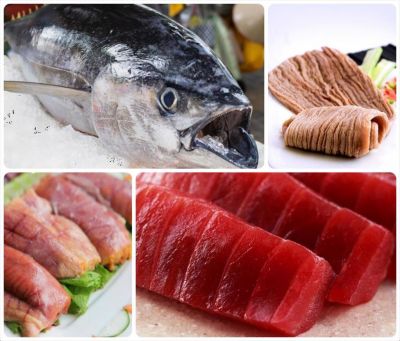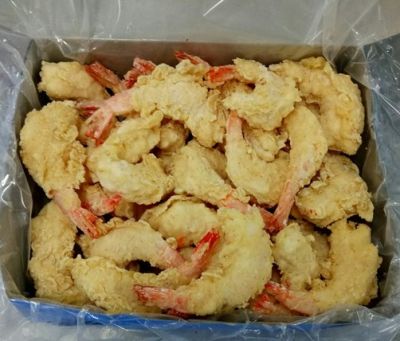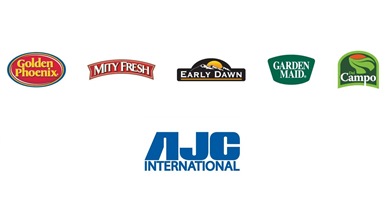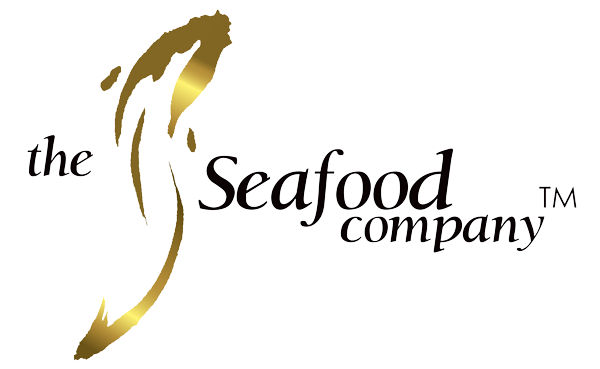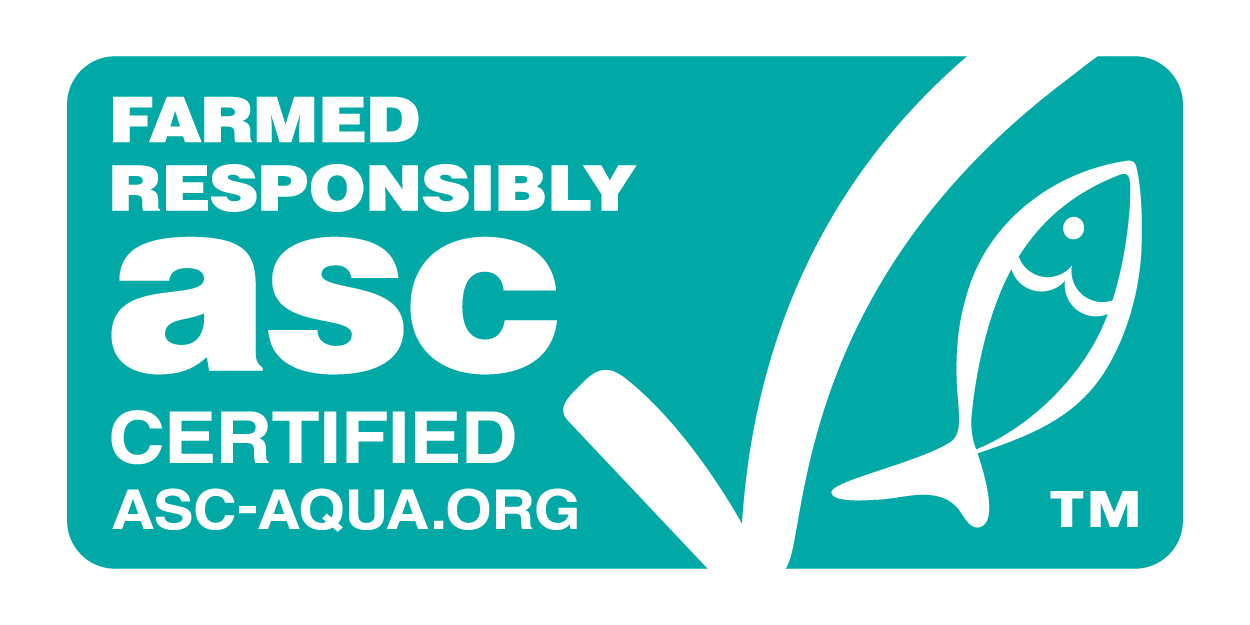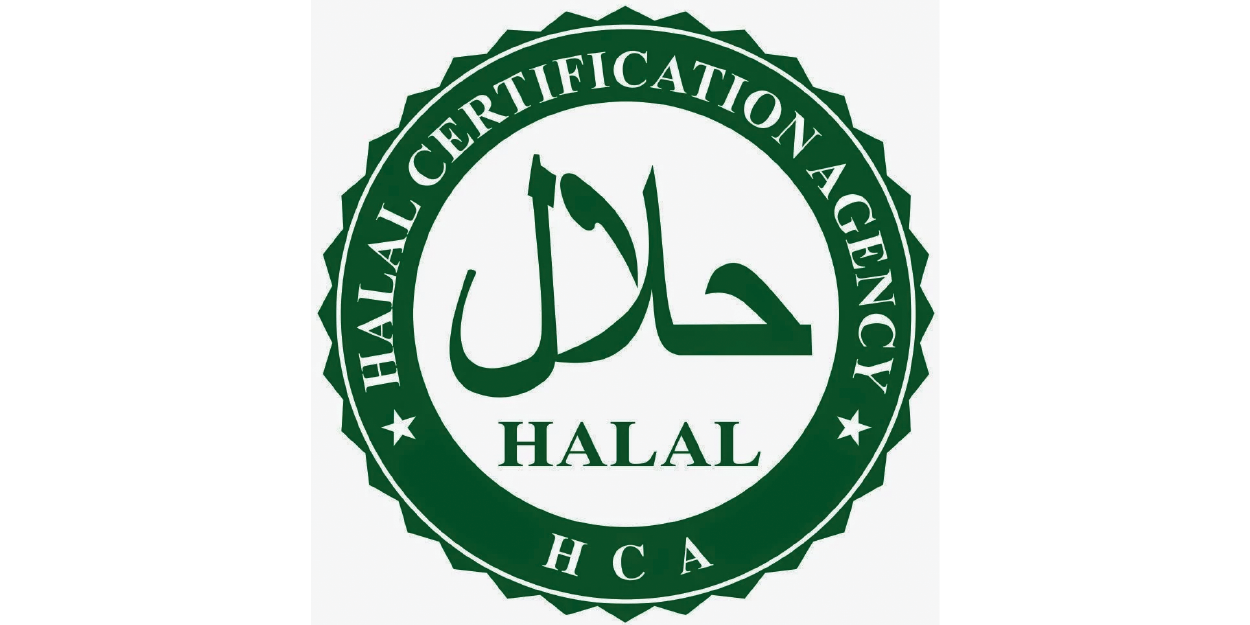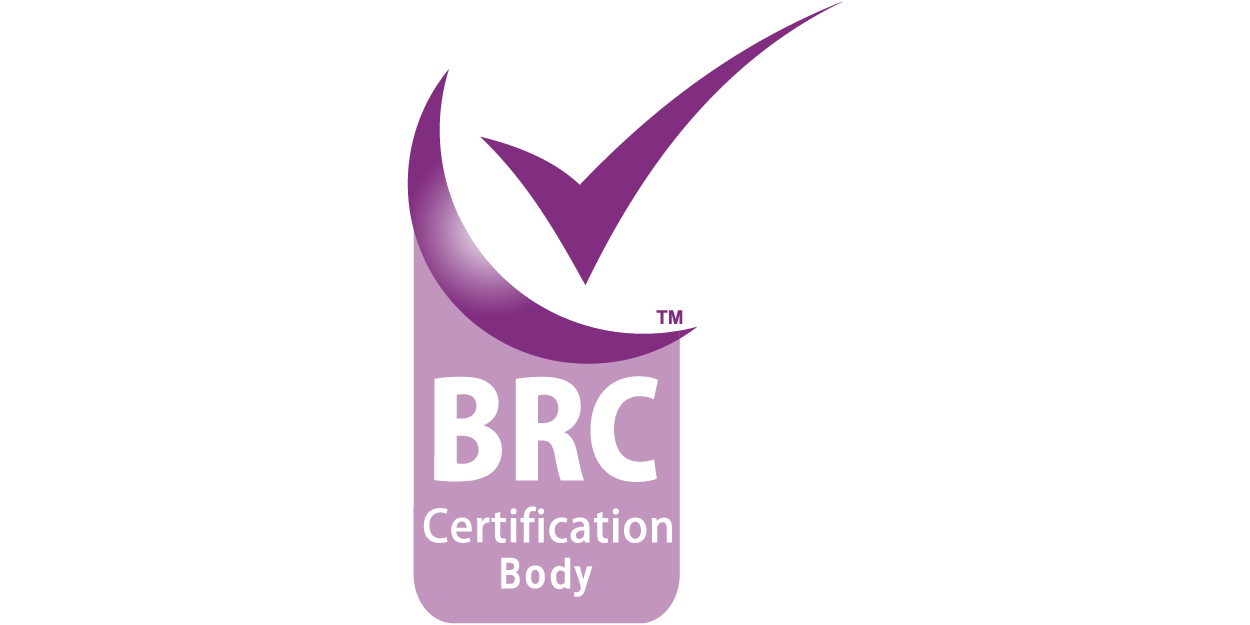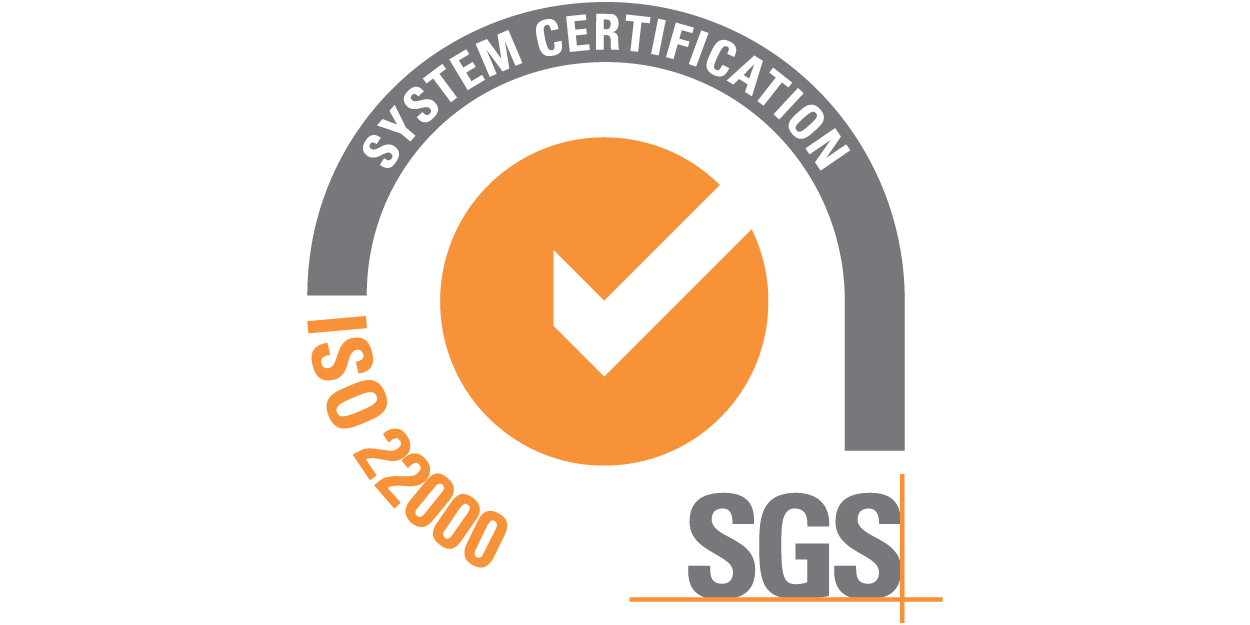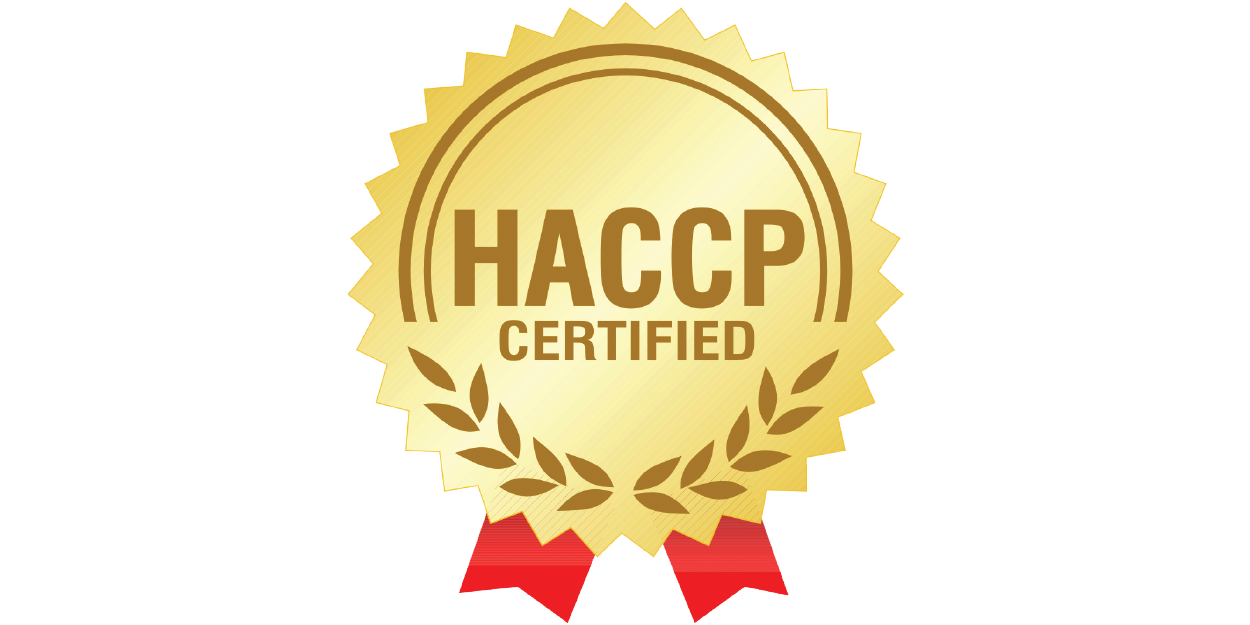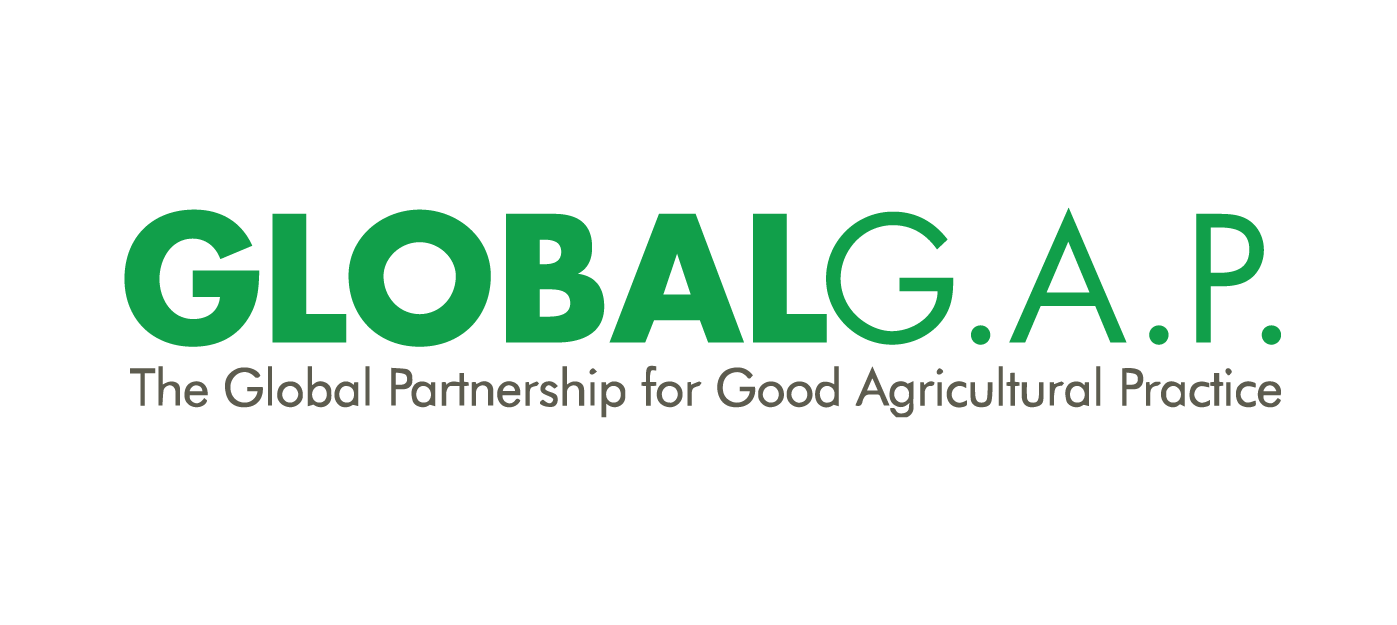Historic floods in central Vietnam have devastated lobster-farming areas, destroying up to 95% of production and wiping out tens of thousands of cages. This unprecedented disaster is expected to cause a severe shortage of raw materials and long-term supply disruption. As a result, lobster prices are forecast to rise sharply in the coming months due to limited availability.
QUALITY STANDARD
Closed production process meets world standards. Take quality criteria to the top. Viet Nam Seafood produces the most qualified products.
Decree No. 320/2025/ND-CP Officially Recognizes Corporate Income Tax Exemption Incentives for Seafood Processing Activities
Decree No. 320/2025/ND-CP officially grants Corporate Income Tax (CIT) exemption for seafood processing activities, recognizing frozen (–18°C), cooked, and value-added seafood products as processed goods. The regulation helps reduce costs and enhance export competitiveness for the seafood industry.
Flood season drives pangasius prices up, with strong market gains
Pangasius prices have risen sharply toward year-end, supported by favorable flood-season farming conditions and strong export demand. Farm-gate prices are up over 10% year-on-year, delivering healthy margins across the supply chain.
VN Seafood Introduces New Premium Items: Grilled Chicken Gizzards, Livers & Hearts – Exceptional Flavor and Quality in Every Bite
VN Seafood proudly introduces our new Grilled Chicken Gizzards, Liver, and Hearts.
Fresh ingredients, rich grilled flavor, and export-standard quality.
Convenient, delicious, and perfect for every menu.
Global Frozen Shrimp Market Set for Strong Growth Through 2035
The global frozen shrimp market is set to grow from USD 18.7 billion in 2025 to USD 32.8 billion by 2035. Demand is fueled by convenient protein needs, expanding aquaculture, and modern freezing technology, with Asia-Pacific leading production and North America–Europe driving consumption.
LIÊN HỆVui lòng để lại thông tin của bạn. chúng tôi sẽ liện hệ lại cho bạn |
NEWS
Decree No. 320/2025/ND-CP Officially Recognizes Corporate Income Tax Exemption Incentives for Seafood Processing Activities
Decree No. 320/2025/ND-CP officially grants Corporate Income Tax (CIT) exemption for seafood processing activities, recognizing frozen (–18°C), cooked, and value-added seafood products as processed goods. The regulation helps reduce costs and enhance export competitiveness for the seafood industry.
Flood season drives pangasius prices up, with strong market gains
Pangasius prices have risen sharply toward year-end, supported by favorable flood-season farming conditions and strong export demand. Farm-gate prices are up over 10% year-on-year, delivering healthy margins across the supply chain.
VN Seafood Introduces New Premium Items: Grilled Chicken Gizzards, Livers & Hearts – Exceptional Flavor and Quality in Every Bite
VN Seafood proudly introduces our new Grilled Chicken Gizzards, Liver, and Hearts.
Fresh ingredients, rich grilled flavor, and export-standard quality.
Convenient, delicious, and perfect for every menu.
Global Frozen Shrimp Market Set for Strong Growth Through 2035
The global frozen shrimp market is set to grow from USD 18.7 billion in 2025 to USD 32.8 billion by 2035. Demand is fueled by convenient protein needs, expanding aquaculture, and modern freezing technology, with Asia-Pacific leading production and North America–Europe driving consumption.
Update on Recent Weather Conditions in Vietnam and Their Impact on the Seafood Supply Chain
Central Vietnam is currently experiencing severe flooding and storms, affecting fishermen, farms, and causing raw material shortages. These conditions, combined with rising year-end holiday demand, are leading to higher prices and potential production delays. We encourage partners to place orders early to secure supply and ensure timely delivery.
Whitefish Supply Tightens, Pangasius Raw Material Shortage Looms – EU Seafood Industry Faces Growing Challenges
EU faces whitefish shortage amid geopolitical tensions.
Vietnam lacks small-size pangasius for year-end orders.
Seafood Europe urges stronger import access.
Vietnam’s Tuna Exports Show Positive Market Shifts Despite Slight Decline
In the first nine months of 2025, Vietnam’s tuna exports reached USD 705 million, down 3% year-on-year. The U.S. led with 37% share but declined 5%, while the EU rose 3% and CPTPP markets grew 9%. Strong increases were seen in Thailand (+83%) and Egypt (+146%).
Fresh/frozen tuna rose slightly, while processed and canned tuna dropped due to higher costs. Exporters are moving toward value-added, sustainable products, with 2025 exports projected at USD 930–950 million.
Discover VN Seafood’s Premium Range of Value-Added Seafood
VN Seafood offers a wide range of popular value-added products – from seafood and vegetable spring rolls, dumplings, dim sum, and siu mai, to crispy tempura and breaded shrimp. Made with fresh ingredients and strict quality control, our products deliver great taste at competitive prices – perfect for restaurants, supermarkets, and professional kitchens.


